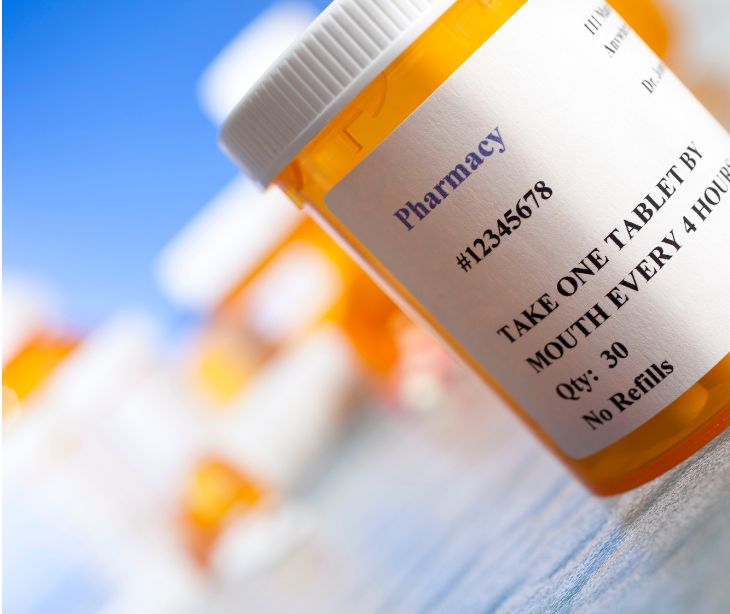
Medication safety ensures medications are used and administered to minimize the risk of errors and maximize patient well-being. This approach includes implementing system-oriented strategies to foresee and mitigate potential problems.
Why medication errors occur in healthcare
- Unclear communication among healthcare professionals, misinterpretation of handwritten prescriptions, and confusion caused by similar drug names or packaging.
- Incorrect dosage calculations, especially in high-risk medications or vulnerable populations like children.
- System failures, such as inadequate checks and balances within the medication administration process, contribute to these errors.
- Overworked staff, leading to fatigue and inattention, and inadequate training on new drugs or protocols.
- Insufficient patient information, like not having a complete history of allergies or current medications, leads to inappropriate medication choices.
See also: Do you need patient opt-in for prescription refill reminders?
Identifying and categorizing medication errors
Healthcare professionals identify and categorize medication errors through a process that involves analyzing the stages of medication management. They classify these errors based on where they occur in the medication use cycle, such as prescribing, transcribing, dispensing, administering, and monitoring. For instance, prescribing errors might include incorrect drug selection or dosage, while administering errors involve giving the medication to the wrong patient or at the wrong time. Each category is further examined for underlying causes, such as miscommunication, lack of knowledge, or system failures. This systematic categorization helps healthcare professionals understand and address the root causes of medication errors, thereby enhancing patient safety.
See also: HIPAA Compliant Email: The Definitive Guide
Best practices for preventing medication errors in healthcare facilities
- Promote patient involvement: Educating patients about their medications, including names, dosages, and potential side effects, can create an additional check and enhance patient safety.
- Implement Computerized Physician Order Entry (CPOE): This system ensures that medication orders are electronically entered and transmitted, reducing errors due to misinterpretation of handwritten orders. It automatically checks doses, drug interactions, and allergies.
- Standardize prescription writing and prescribing rules: Avoiding abbreviations and ensuring complete and clear prescriptions can prevent misunderstandings and errors. Standardizing the format of prescriptions helps maintain consistency.
- Use pharmacy software for drug interaction checks: Reliable computer software in pharmacies can be used to check all prescriptions for potential drug interactions.
- Implement unit dosing: Preparing medications in single-dose packages reduces the risks associated with calculating and mixing errors, especially in nursing units.
- Encourage a culture of safety and open communication: Fostering an environment where healthcare professionals feel comfortable reporting near-misses and actual errors without fear of punishment can lead to system improvements.
See also: Do pharmacists need to be HIPAA compliant?
Subscribe to Paubox Weekly
Every Friday we'll bring you the most important news from Paubox. Our aim is to make you smarter, faster.




![Maegan Megginson: Email portals require too many steps [VIDEO]](https://www.paubox.com/hubfs/Imported_Blog_Media/Email-portals-copy-2.png)